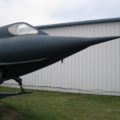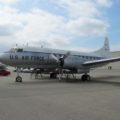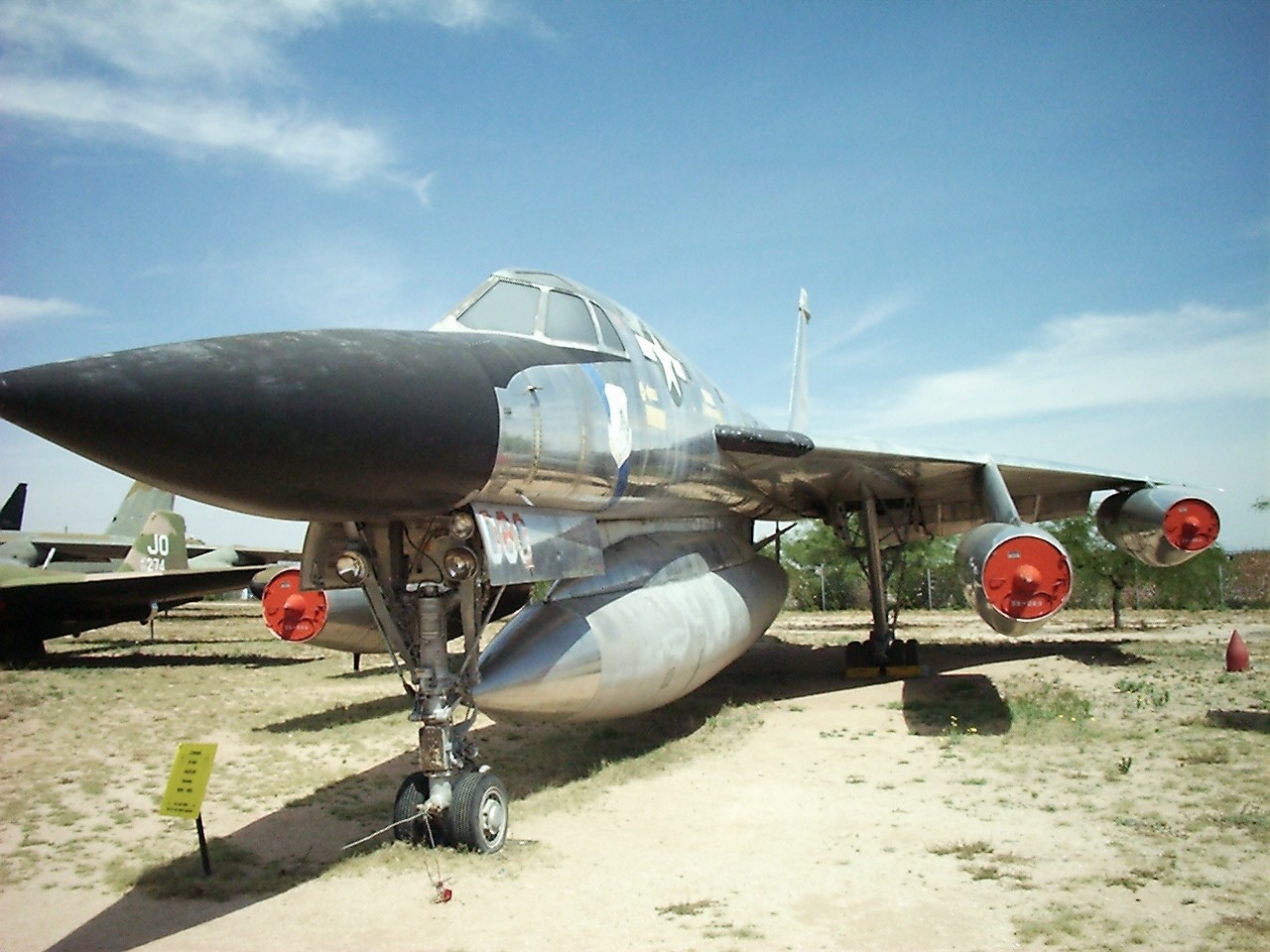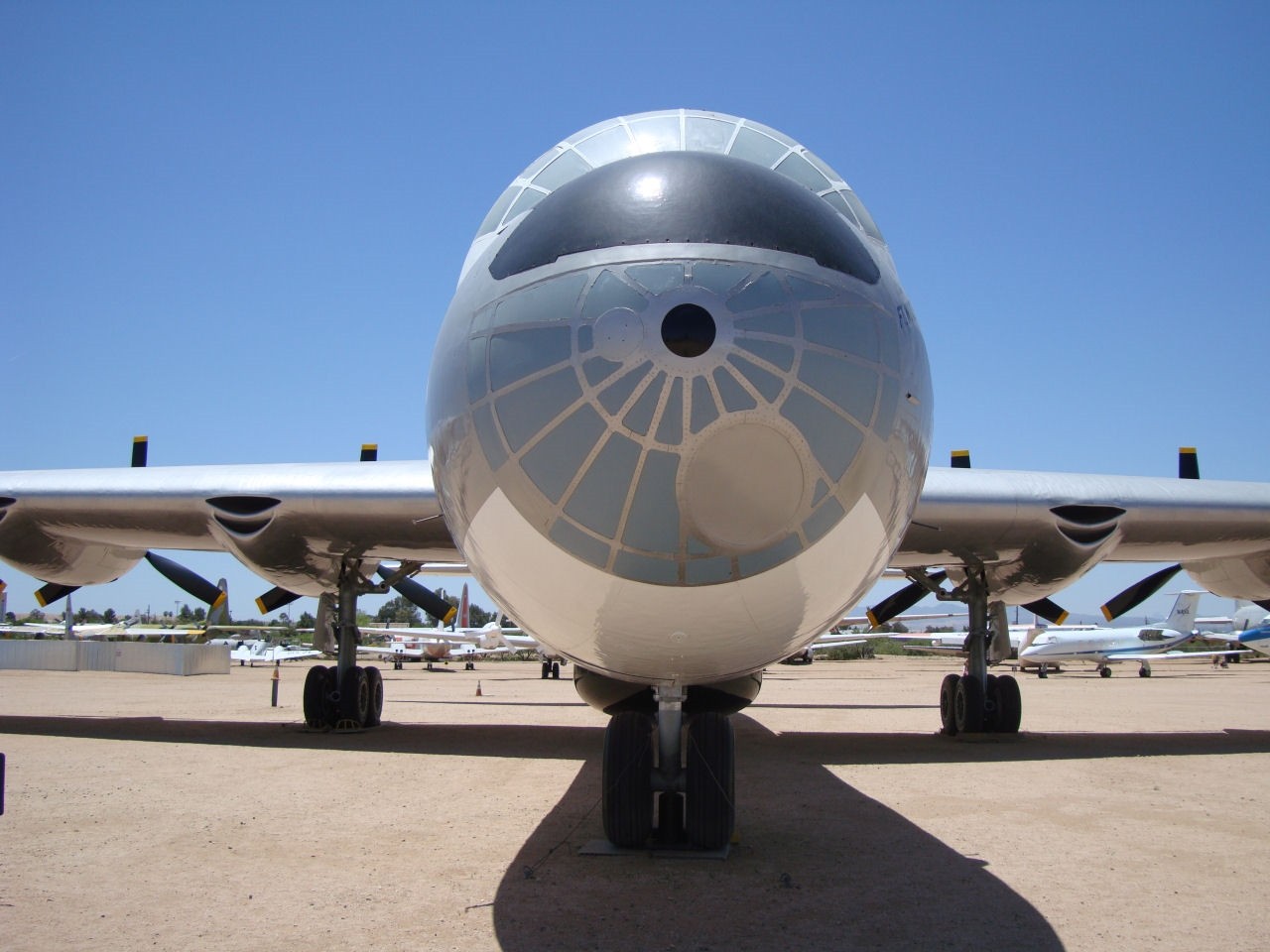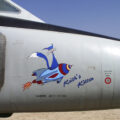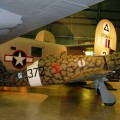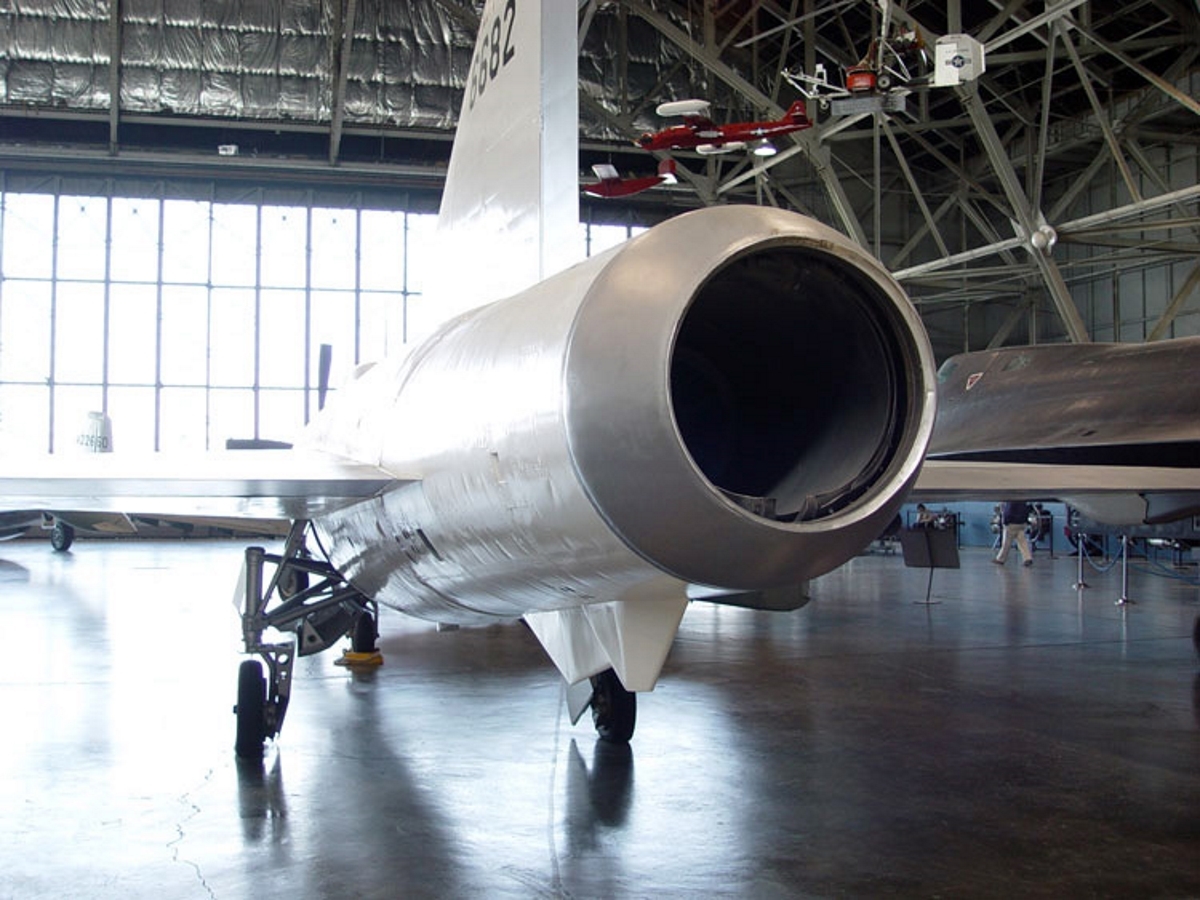
Convair XF-92 | |
|---|---|
| Ország | Usa |
| Szerepet | Elfogó repülőgép |
| Első repülés | 1948. szeptember 18. |
| Beépített | 1 |
A Convair XF-92 (eredetileg XP-92-nek nevezték) egy korai amerikai delta szárnyú repülőgép volt. Eredetileg pontvédelmi elfogóként fogták fel, de később kizárólag kísérleti célokra használták. Ez azonban arra késztette a Convairt, hogy a deltaszárnyat számos terven használja, beleértve az F-102 Delta Tőrt, az F-106 Delta Dartot, a B-58 Hustlert, az amerikai haditengerészet F2Y Sea Dartját, valamint a VTOL FY Pogo-t.
Forrás: Convair XF-92 a Wikipédiában
| Convair XF-92 | |
|---|---|
| Fotósok | John Heck, Vlagyimir Jakubov |
| Lokalizáció | National Air & Űrmúzeum, Washington DC |
| Fénykép | 113 |
Kapcsolódó készletek:
Keresse készletek az eBay-en:
Lásd még:
A Convair XF-92 was an experimental jet fighter developed by the United States Air Force in the late 1940s. It was the first aircraft to fly with a delta wing, a triangular-shaped wing that has no horizontal tail surfaces. The XF-92 was designed to test the feasibility of the delta wing for high-speed flight and to explore its aerodynamic characteristics. The XF-92 was not intended to be a combat aircraft, but rather a research vehicle for future delta-wing fighters.
The XF-92 was powered by an Allison J33-A-29 turbojet engine that produced 4,600 pounds of thrust. The aircraft had a maximum speed of 715 miles per hour and a service ceiling of 49,200 feet. The XF-92 had a wingspan of 31 feet 4 inches and a length of 42 feet 6 inches. The aircraft weighed 9,078 pounds empty and 14,608 pounds loaded. The XF-92 had no armament, but it had provisions for two .50-caliber machine guns in the nose.
The XF-92 made its first flight on September 18, 1948, piloted by Chuck Yeager. The aircraft performed well in flight tests, demonstrating good stability and maneuverability at high speeds and altitudes. The XF-92 also proved that the delta wing could provide sufficient lift for takeoff and landing without the need for flaps or slats. However, the XF-92 also suffered from some drawbacks, such as poor visibility from the cockpit, high landing speeds, and a tendency to pitch up at low speeds.
The XF-92 program was canceled in 1953 after 188 flights. The aircraft was transferred to the National Advisory Committee for Aeronautics (NACA) for further testing until 1956. The XF-92 was then retired and donated to the National Museum of the United States Air Force in Dayton, Ohio, where it is currently on display. The XF-92 was an important milestone in the development of delta-wing aircraft, and it influenced the design of several later fighters, such as the Convair F-102 Delta Dagger and the Convair F-106 Delta Dart.
Megtekintették : 1087





